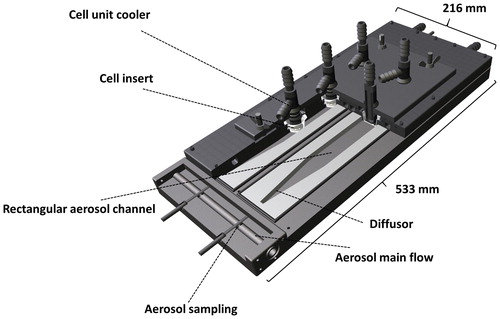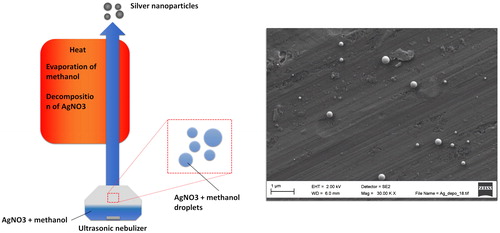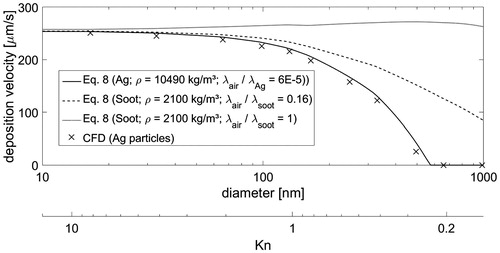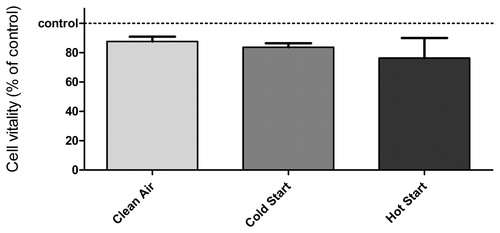Figures & data
Figure 3. (a) ZnO generation method and (b) typical size distributions with varying reactor temperature.

Table 1. Properties of diluted wood combustion exhaust used in each cell exposure experiment. For online measurements, averages, and standard deviations over the exposure periods are shown.
Figure 5. Micrographs of (a) deposited Ag particles (SEM) at two magnifications, (b) typical ZnO particle (TEM) applied in this study, and (c) deposited ZnO particles (SEM).
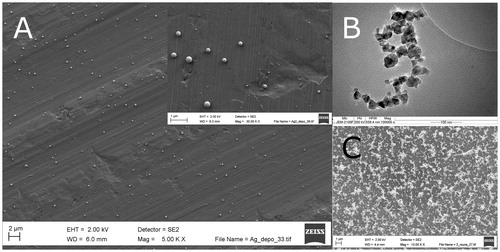
Figure 6. Ag particle population measured in aerosol phase (SMPS) and from aluminum foil (SEM). Approximately 350 Ag particles were analyzed from SEM micrographs to obtain the size histogram.
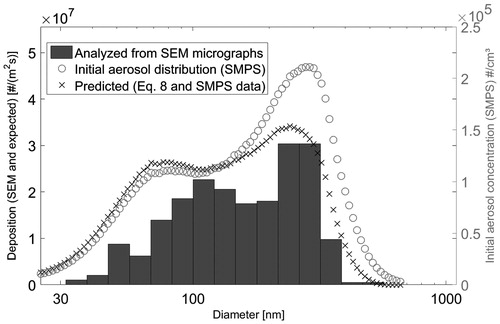
Figure 7. Deposition uniformity study by counting the particle coverage from SEM micrographs at four different locations. At middle locations, three samples (nearby locations) were analyzed. At “2nd edge” location, the number of sample analyzed was one. The average values and their standard deviations are shown.
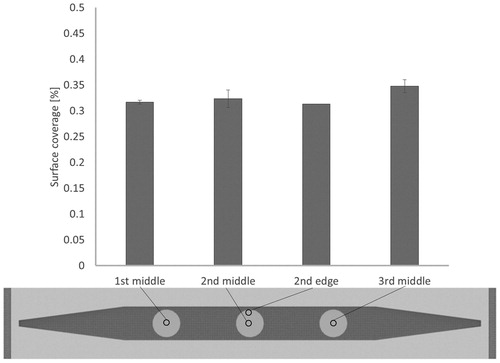
Table 2. Calculated cell exposure dose.

